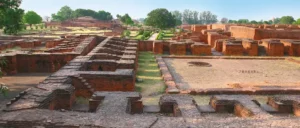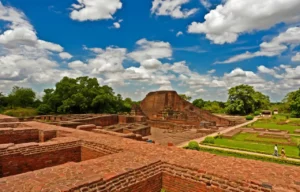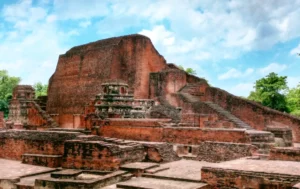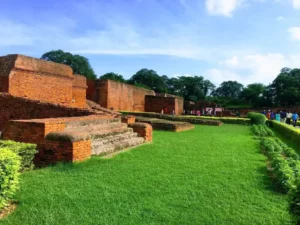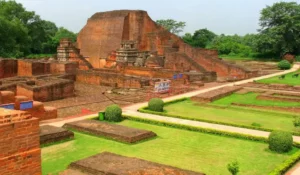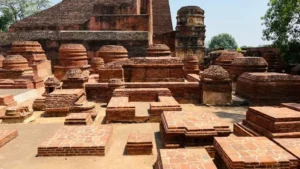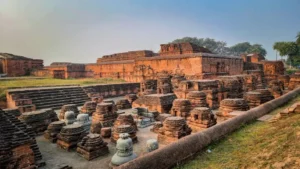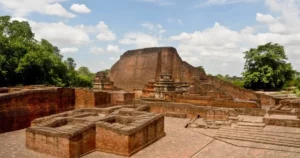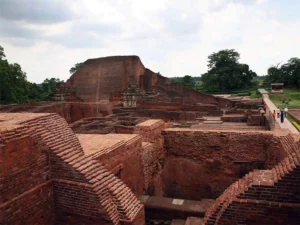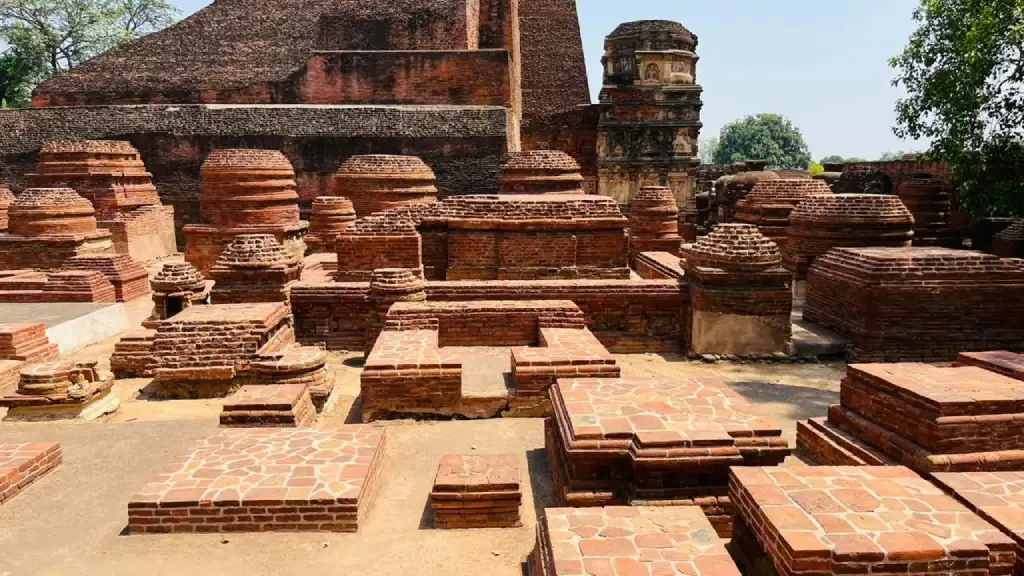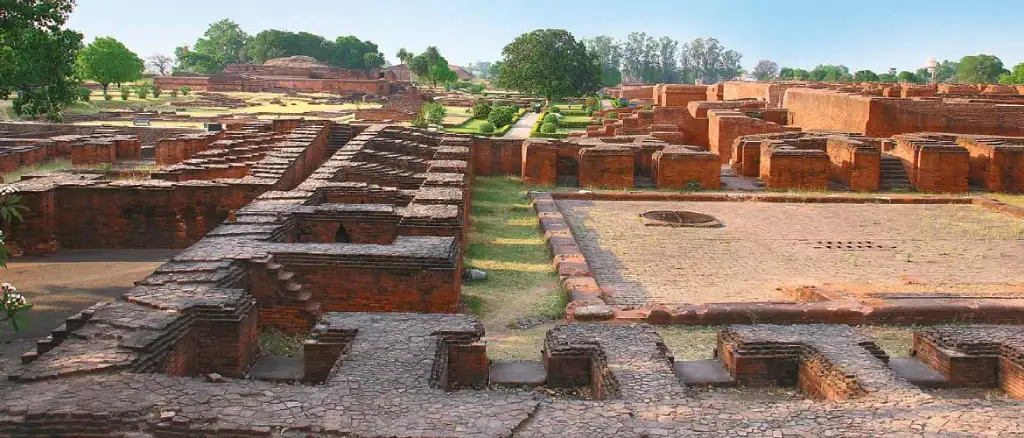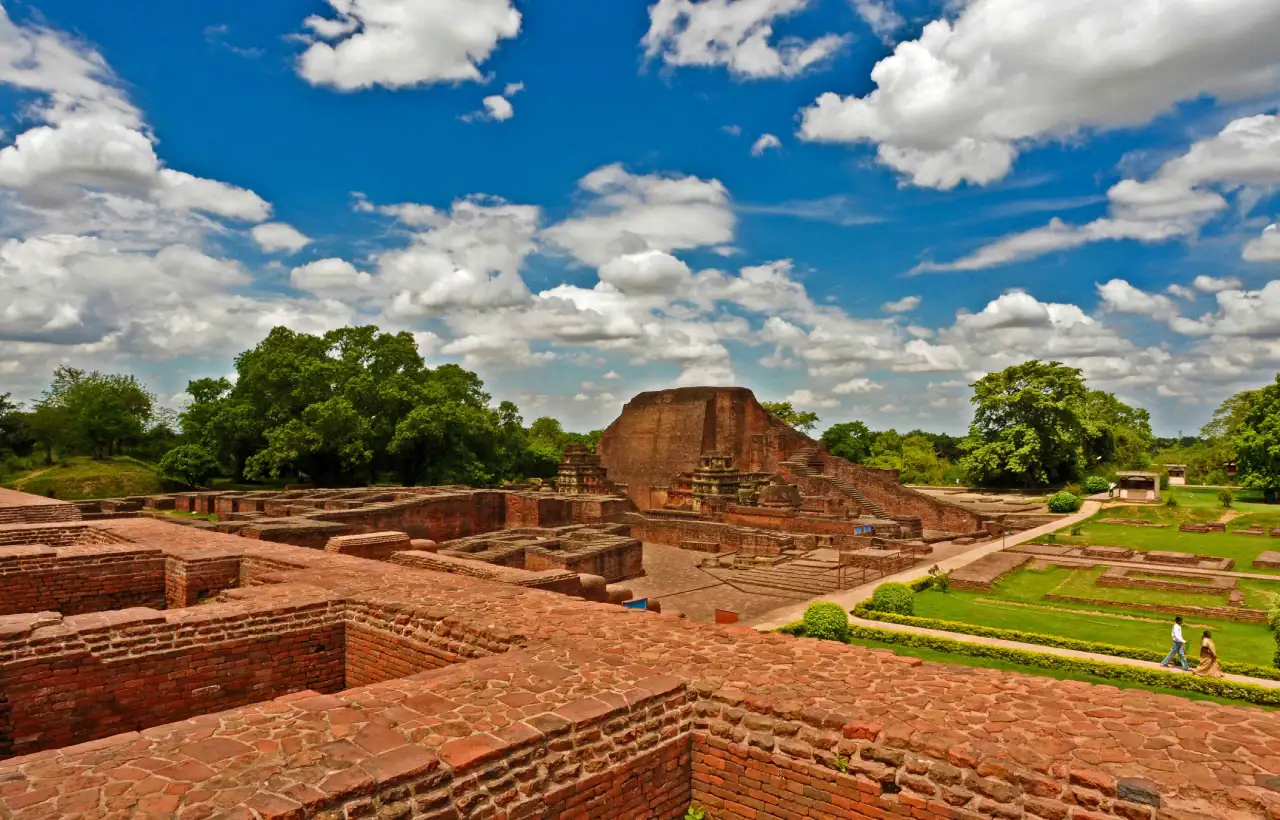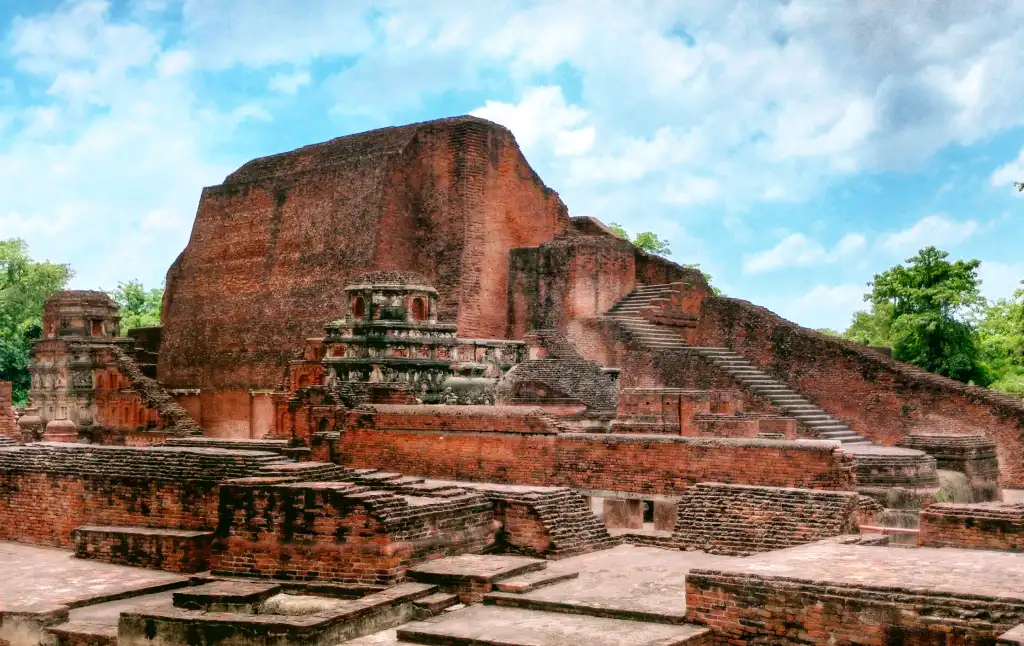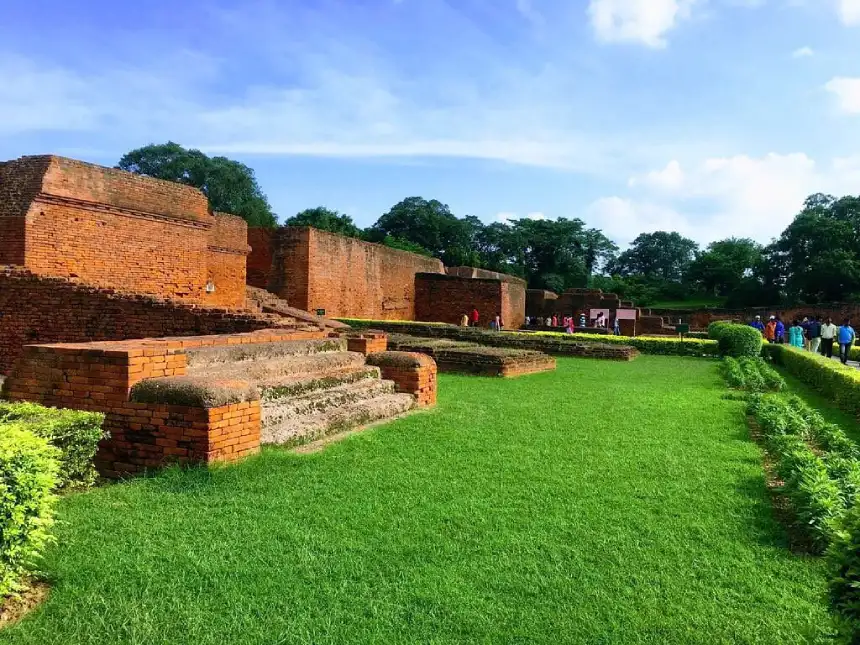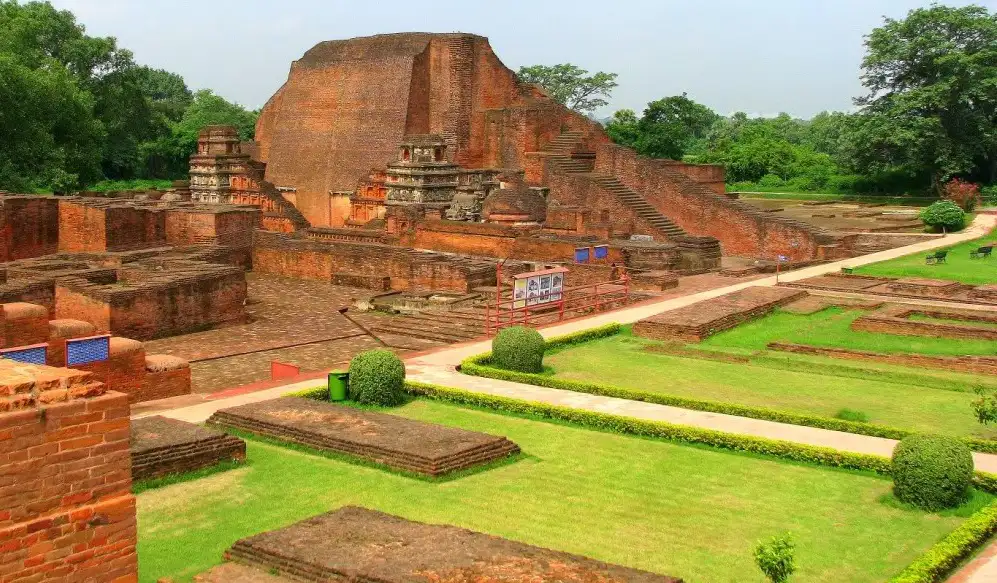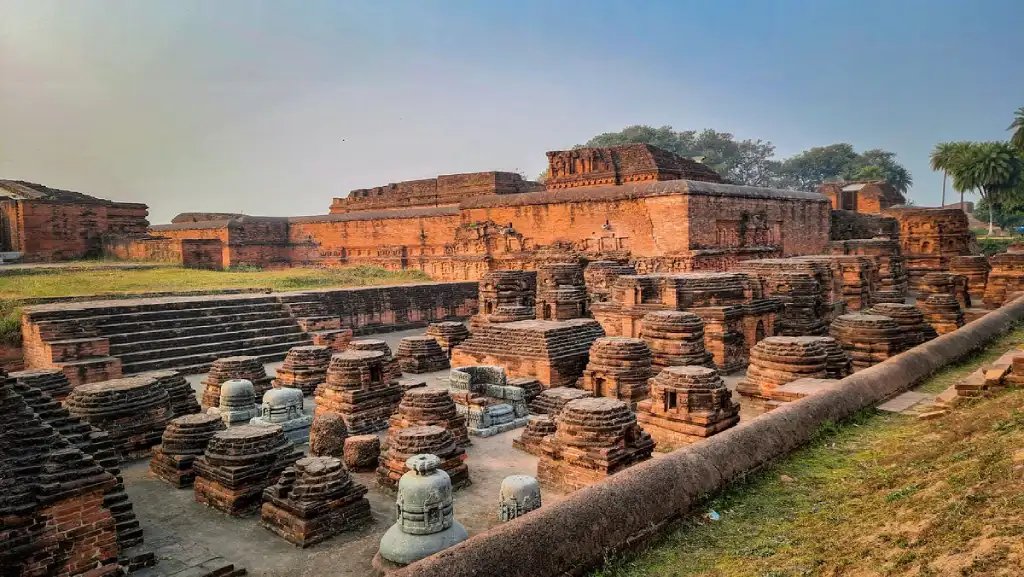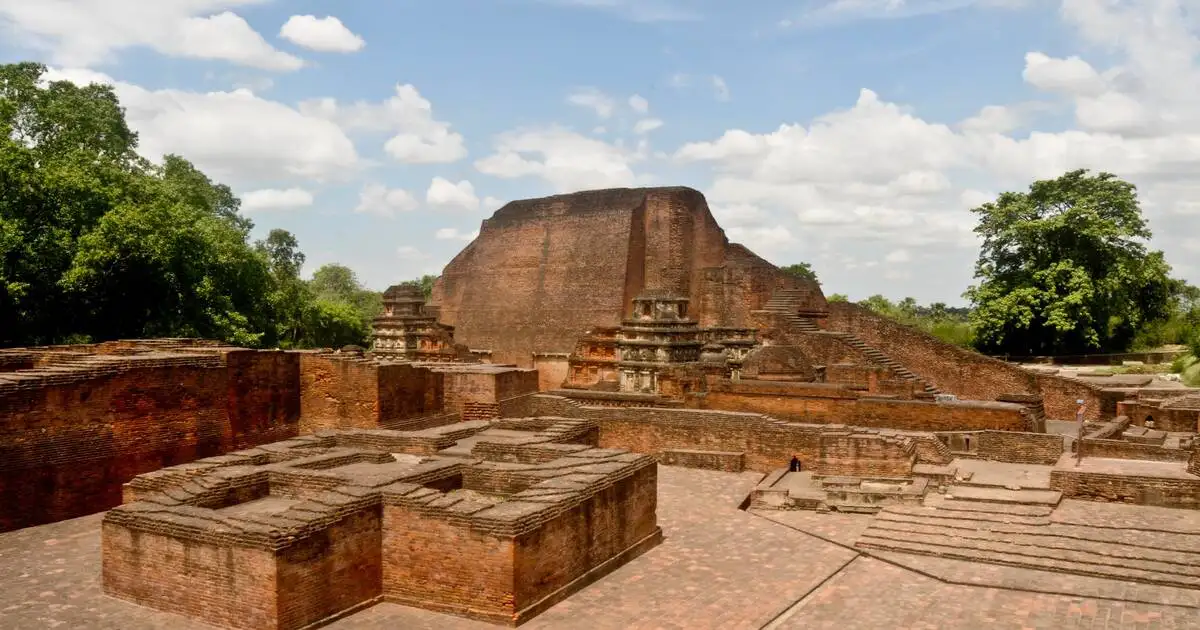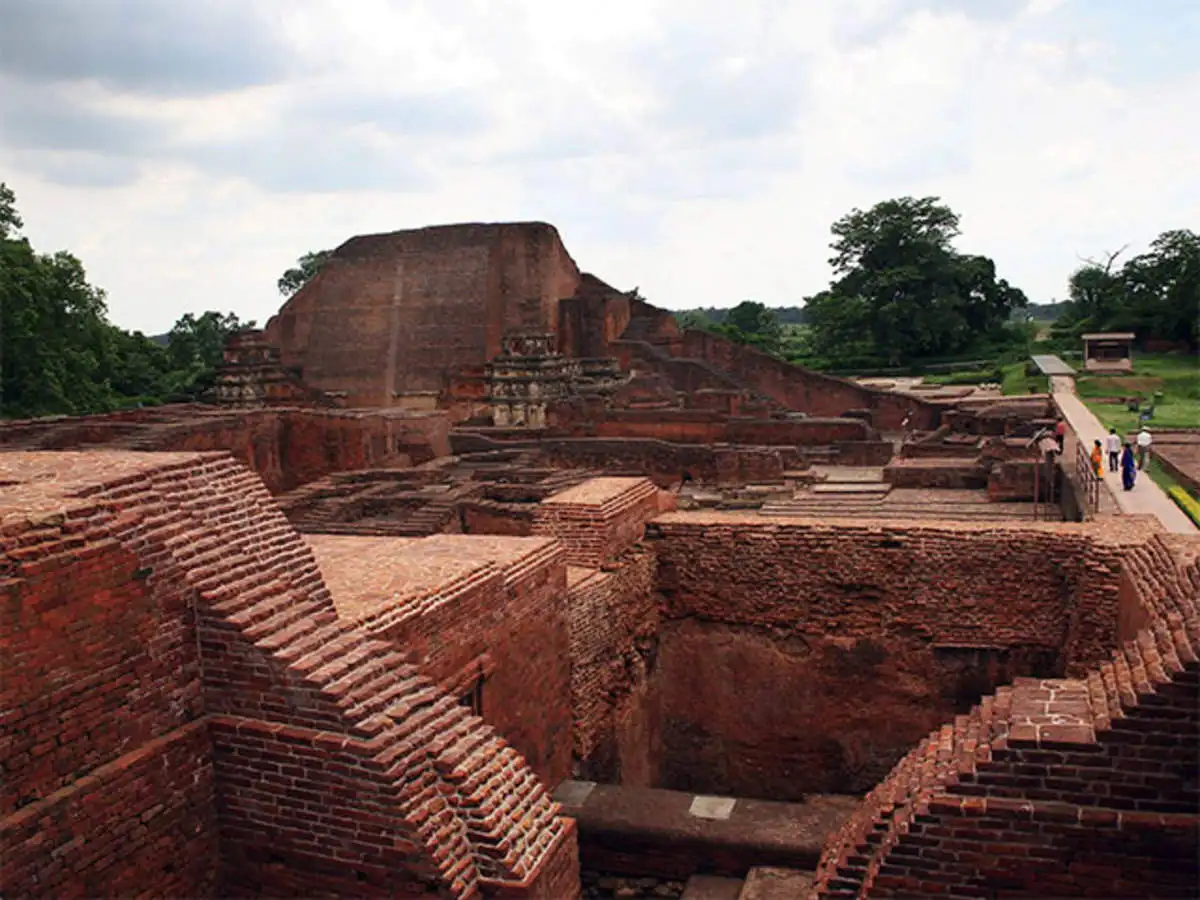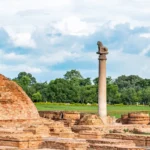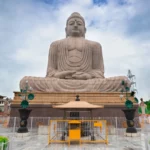Nalanda University, a name that resonates with the echoes of ancient wisdom and academic brilliance, stands today as a testimony to the intellectual achievements of the past. The Ruins of Nalanda University hold a wealth of historical significance, architectural marvels, and tales of scholarly excellence. In this article, we will embark on a journey through time to explore the captivating story of Nalanda University and its enduring legacy.
- Historical Significance of Nalanda University
- Architecture and Layout of the Ruins
- Academic Excellence and Curriculum
- Famous Scholars and Alumni
- Decline and Destruction
- Rediscovery and Preservation Efforts
- How to Reach Nalanda University Ruins
- Best Time to Visit
- Conclusion
- Frequently Asked Questions(FAQs)
- Photo Gallery
Historical Significance of Nalanda University
Nestled in the heart of Bihar, India, Nalanda University was an intellectual powerhouse that flourished from the 5th to the 12th century CE. It attracted students, scholars, and seekers of knowledge from across the ancient world. This venerable institution was not just a center for learning but a melting pot of cultures, languages, and ideas. Its reputation for academic prowess reached far and wide, making it a beacon of enlightenment during a time when education was a precious gem.
Architecture and Layout of the Ruins
As we wander through the ruins, the architectural grandeur of Nalanda University becomes evident. At the heart of the complex lies the Main Stupa, a majestic structure that once stood as a symbol of spiritual enlightenment. The stupa’s intricate design and artistic embellishments offer a glimpse into the craftsmanship of a bygone era.
Surrounding the stupa, one discovers the remnants of ancient temples and monasteries that were centers of intellectual discourse and spiritual exploration. These structures were not only places of worship but also hubs of learning, where scholars and students engaged in thought-provoking discussions on subjects ranging from philosophy to astronomy.
The residential quarters, once bustling with scholars from different corners of the world, evoke a sense of camaraderie and shared pursuit of knowledge. The layout of the ruins tells a tale of a thriving community where ideas flowed freely, nurtured by a spirit of collaboration and curiosity.
Academic Excellence and Curriculum
Nalanda University’s reputation as a center of academic excellence was well-deserved. The curriculum was a rich tapestry of diverse subjects, including philosophy, mathematics, medicine, astronomy, and literature. The teaching methods employed at Nalanda were revolutionary for their time, emphasizing critical thinking, debate, and experiential learning. This holistic approach to education fostered well-rounded individuals who could contribute meaningfully to society.
Famous Scholars and Alumni
The annals of history are adorned with the names of scholars and luminaries who graced the halls of Nalanda. One such illustrious figure is Dharmapala, a renowned teacher and philosopher who upheld the institution’s values of compassion and knowledge dissemination. The Chinese monk Xuanzang, known for his epic journey to India in search of Buddhist scriptures, was also a student of Nalanda. His detailed accounts provide invaluable insights into the university’s academic and cultural vibrancy.
The tradition of scholarly debates at Nalanda became legendary. Students engaged in intellectual battles, honing their argumentative skills and expanding the boundaries of human understanding. These debates not only shaped the minds of the scholars but also contributed to the refinement of various philosophical schools.
Decline and Destruction
The decline of Nalanda University was a saga marked by external forces and unfortunate events. The Turkic invasions of the 12th century dealt a severe blow to the institution, leading to its eventual demise. The once-thriving center of learning fell victim to plunder and destruction, resulting in the loss of countless manuscripts, treatises, and knowledge accumulated over centuries.
Rediscovery and Preservation Efforts
The ruins of Nalanda University remained buried under layers of time until their rediscovery in the 19th century. Archaeological excavations unveiled a treasure trove of artifacts and insights into ancient academia. Efforts to preserve and restore the site have been ongoing, allowing modern generations to connect with the past and appreciate the contributions of this remarkable seat of learning.
How to Reach Nalanda University Ruins
For those eager to explore this historical gem, reaching the Ruins of Nalanda University is a journey of discovery. Situated in Bihar, India, the site is accessible via well-connected roadways and railways. Travelers can immerse themselves in the cultural landscape of Bihar as they make their way to this captivating destination.
Best Time to Visit
The best time to visit the Ruins of Nalanda University is during the cooler months, from October to March. The moderate climate ensures a comfortable exploration experience, allowing visitors to delve into the history and ambiance of the site without being hindered by extreme weather conditions.
Conclusion
In the annals of human history, Nalanda University stands as a beacon of intellectual brilliance, a testament to the boundless potential of the human mind. Its ruins tell a tale of perseverance, collaboration, and the relentless pursuit of knowledge. As we walk in the footsteps of ancient scholars, let us be inspired by their legacy and endeavor to uphold the values of inquiry, learning, and compassion.
Frequently Asked Questions(FAQs)
No, Nalanda University ceased to exist as an active institution in the 12th century. The ruins, however, bear witness to its past glory.
Nalanda University offered a diverse curriculum, including philosophy, mathematics, medicine, astronomy, and literature.
Xuanzang was a Chinese monk and scholar who studied at Nalanda University. His detailed accounts of India and its culture provide invaluable insights into the university’s history.
The decline of Nalanda University can be attributed in part to the Turkic invasions of the 12th century, which led to its destruction.
The Main Stupa is a central symbol of spiritual enlightenment and architectural prowess at Nalanda, showcasing the artistic and spiritual achievements of the era.
Photo Gallery
